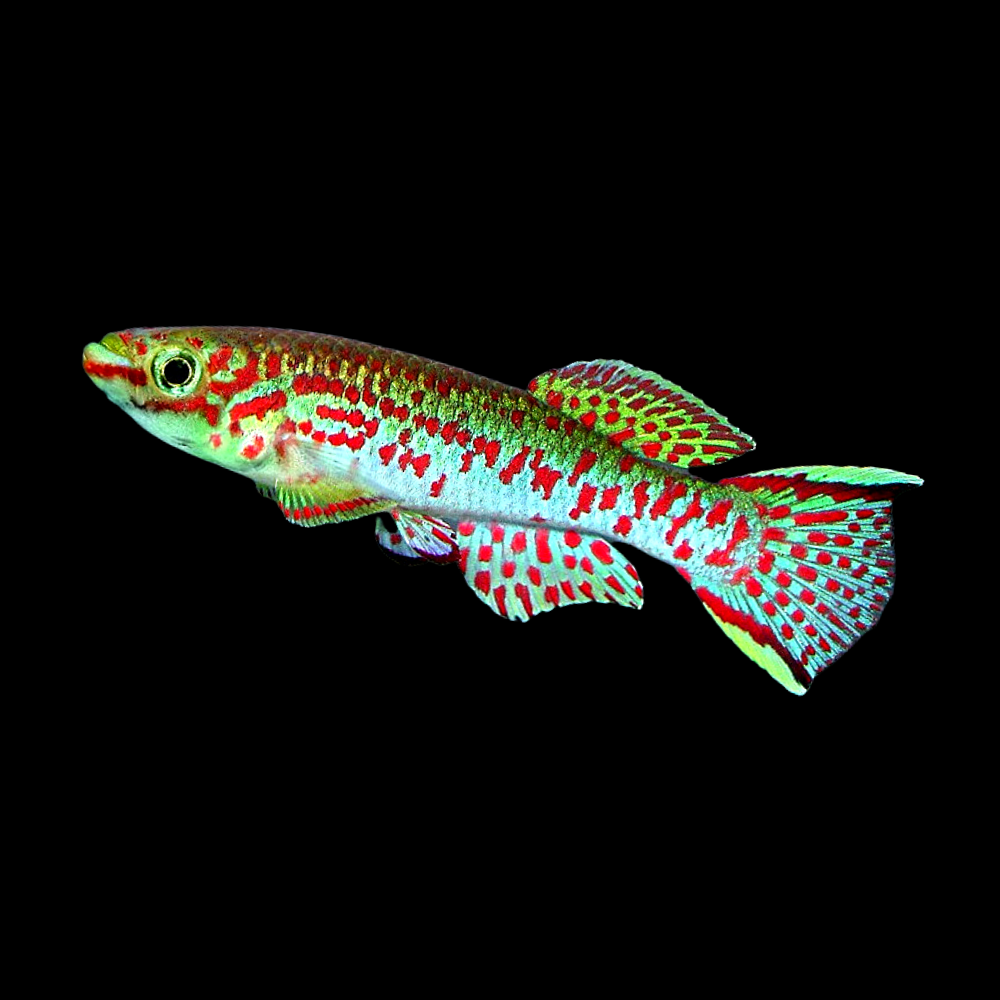To provide the best experiences, we use technologies like cookies to store and/or access device information. Consenting to these technologies will allow us to process data such as browsing behaviour or unique IDs on this site. Not consenting or withdrawing consent, may adversely affect certain features and functions.
The technical storage or access is strictly necessary for the legitimate purpose of enabling the use of a specific service explicitly requested by the subscriber or user, or for the sole purpose of carrying out the transmission of a communication over an electronic communications network.
The technical storage or access is necessary for the legitimate purpose of storing preferences that are not requested by the subscriber or user.
The technical storage or access that is used exclusively for statistical purposes.
The technical storage or access that is used exclusively for anonymous statistical purposes. Without a subpoena, voluntary compliance on the part of your Internet Service Provider, or additional records from a third party, information stored or retrieved for this purpose alone cannot usually be used to identify you.
The technical storage or access is required to create user profiles to send advertising, or to track the user on a website or across several websites for similar marketing purposes.

 Purple Vampire Crab - Geosesarma Dennerle - Decapod Crustacean
1 × £7.74
Purple Vampire Crab - Geosesarma Dennerle - Decapod Crustacean
1 × £7.74 














Emily Carter (verified owner) –
I recently added a pair of Fundulopanchax Gardneri «Nsukka» to my aquarium, and I couldn’t be happier! After about two weeks of observing them, I can confidently say they are thriving. The male’s vibrant colors really pop, especially against the lush backdrop of my aquarium plants. These little guys are so active and curious, darting around and exploring every nook and cranny.
They seem to appreciate the dense planting I set up for them, which mimics their natural habitat beautifully. It’s been a joy to watch them interact; the male displays his stunning lyretail while courting the female.
Compared to other killifish I’ve kept, these have a more dynamic personality and are less shy. Just be mindful of their needs for space and clean water – they do best in a well-maintained tank. I highly recommend these for anyone looking to add some life and color to their aquarium. They are perfect for both beginners and experienced hobbyists who appreciate a lively and visually stunning species. Just a small note: they can be a bit territorial during breeding, so plan accordingly! Overall, I would definitely buy them again!